I have a question. Imagine that I need to have a 50 ohms impedance in a PCB trace. For simple cases it's just applying the formula found all over the internet or use one of the online calculators
While looking for this information online I came across an article where a guy created a low cost electric field probe and a low cost magnetic field probe and then proceeded to perform tests on different configurations of microstrips on a dual layer board. His goal was just that, measure magnetic field and electric field with a near-field probe, with a low cost set up, so that small companies can perform their own tests before spending lots of money certifying the end product.
The configurations were as follows:
- L-shape: One side all ground, not corroded. The other side just had a line trace in the shape of an L.
- H-shape: One side all ground, not corroded. The other side had traces forming an H, and the middle of the H had a line going to the edge of the board (the other traces, parallel with this one didn't go to the edge of the board).
- Radius-shape: This one was one sided.ç It was connected to the edge of the board on one side, it made a loop and the end connector was just beside the entry point.
It was necessary for the measures that the impedance on those lines were 50ohms. I honestly can't see how he calculated the impedance for those odd shapes, and I can't find any material on the web concerning how he was able to assure 50ohms on those lines.
Can someone point me in the right direction?
EDIT:
Did he just add termination resistors in specific places? Maybe in the H-shaped one he simply added 4 200 ohms resistors one each of the "legs" of the H? Does this guarantee 50 ohms? Then how did he do it to the radius-shaped one?
EDIT2:
Original article: Analysis of Electromagnetic Emission from PCB by using a Near-Field Probe
